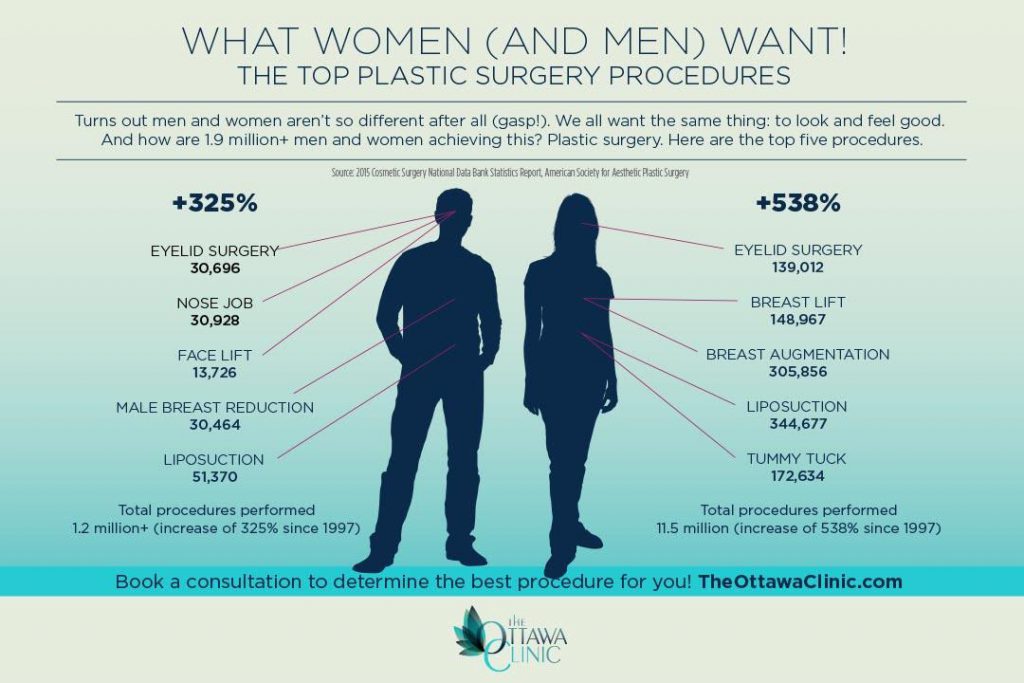What Is The Best Treatment For Deep Scars
What Is The Best Treatment For Deep Scars
Blog Article
Hormone Acne - What is Hormone Acne?
Hormonal acne is identified by stopped up pores and oily skin that normally appears on the chin and jawline. It takes place when hormone changes trigger inflammation and bacterial overgrowth within hair roots.
Outbreaks may look like whiteheads, blackheads, papules or pustules and cysts or nodules in a lot more severe situations. It is more typical in teens undergoing the age of puberty however can influence adults of any kind of age.
What Causes Hormonal Acne?
While acne can be brought on by a variety of variables, including utilizing hair and skin care products that aren't oil-free or made with active ingredients that could block pores, genetic proneness, diet,2 and anxiety, the source is fluctuating hormones. Hormonal acne occurs when the body experiences hormone adjustments and variations that bring about an overproduction of sebum, which triggers inflammation, increased growth of bacteria and changes in skin cell task.
Hormonal acne is often found on the lower jawline, cheeks and neck but can show up anywhere on the body. It is identified by imperfections that are cystic, uncomfortable and loaded with pus or various other material. It is also most likely to happen in females than guys, particularly throughout puberty, the menstruation, maternity or menopause.
Age
While many youngsters experience acne eventually throughout the age of puberty, it can remain to torment grownups well right into the adult years. Known as hormonal acne, this kind of outbreak is connected to changes in hormones and is generally most typical in women.
Hormonal acne happens when oil glands create too much sebum, which clogs pores and traps dead skin cells. This causes the development of acnes, such as whiteheads, blackheads and papules, pustules, cysts or nodules, deep under the surface.
This type of blemish frequently causes pain, redness and inflammation. It may also be cyclical and appear around the exact same time monthly, such as right prior to your period starts. This is since levels of female hormonal agents like progesterone and oestrogen change with each menstrual cycle.
Menstruation
Hormonal acne typically shows up in the lower part of your face, along the jawline and cheeks, as whiteheads, blackheads or inflammatory pimples (acnes and cysts). It's probably to appear around the moment when your menstrual cycle changes.
Particularly around ovulation, when estrogen and progesterone levels get on the increase, hormonal agent changes can cause outbreaks. But it's additionally possible to obtain acne at any kind of factor during your 28-day menstrual cycle.
If you see that your hormone acne flares up right before your duration, try seeing when specifically this occurs and see if it associates with the phases of your 28-day menstruation. This will certainly assist you identify the root causes of your skin problems. As an example, you might wish to work on stabilizing your blood sugar level and eliminating high-sugar foods, or think about a prescription medication like spironolactone that can manage your hormones.
Pregnancy
Expanding an infant is a time of significant hormonal modifications. For numerous women, this consists of a flare-up of hormonal acne. This kind of outbreak usually starts in the first trimester, around week 6. It's brought on by hormone rises that boost sebaceous glands to make even more oil, which can obstruct pores and cause more microorganisms to build up.
Breakouts might also take place as a result of pre-existing conditions like polycystic ovary disorder, which can likewise be a concern during pregnancy and menopause. Likewise, some kinds of contraceptive pill (such as botox in a bottle Ortho Tri-Cyclen and YAZ) can set off hormonal acne in some females.
Thankfully, many acne therapies are "no-go" for expectant women (including prominent acne-fighting active ingredients such as isotretinoin and spironolactone). But if you can't prevent those frustrating bumps, your doctor may recommend dental erythromycin or cephalexin, which are safe while pregnant.
Menopause
As females approach menopause, the estrogen levels that caused their hormone acne to flare throughout the age of puberty start to stabilize and decrease. At the same time, nevertheless, a spike in androgens (likewise referred to as male hormonal agents) takes place due to the fact that these hormones can't be converted into estrogen as efficiently as previously.
The extra of androgens can activate oil manufacturing by the sweat glands, which obstructs pores. When the clogged up pores become inflamed and irritated, a pimple forms.
Hormonal acne is generally seen on the face, especially around the chin and jawline, however it can happen on the neck, back, shoulders, or breast. This kind of acne has a tendency to flare in an intermittent pattern, comparable to the menstrual cycle. Tension, which boosts cortisol and tosses hormonal agents out of equilibrium, additionally adds to the outbreaks.